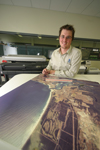
With the help of Autodesk Topobase software, an Australian water organization integrates its geographic information system and improves workflow.
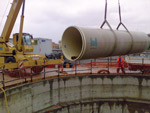
Rome, Italy, puts a 1,000-foot sewer bypass in a busy quarter using trenchless technology and centrifugally cast, fiberglass-reinforced, polymer mortar pipe.

The absence of a nationwide stormwater management standard, coupled with the different rainfall patterns, pollutants of concern, environmental resources and economic drivers from state to state, has resulted in a wide disparity among stormwater management programs.

Circulating fluidized bed reactor technology has a place in meeting the goals of Obama's energy plan.
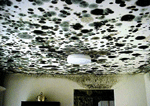
Mold, lead-based paint and other exclusions in general liability have tipped the balance for commercial and habitational property owners. What's a property owner to do?

The Water Environment Federation anticipated the possible fallout from the national recession at this year's WEFTEC.09, which will be held Oct. 10-14 at the Orange County Convention Center in Orlando, Fla., and took action. The association retained its 2008 registration rates and has offered utilities discount pricing packages.
- By L.K. Williams, EPonline
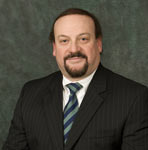
Bernie Rosenthal explains Reaction Design's connection to the Department of Energy and how chemical kinetics modeling can help companies improve efficiency and lower emissions.
- By L.K. Williams, EPonline
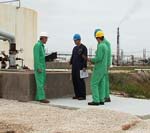
The second wave of the H1N1 is spreading across the nation. Projections say that the H1N1 virus could cause 30-40% absenteeism among the workforce. This may make it necessary for co-workers or management to assume unfamiliar or less familiar tasks.
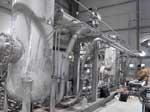
The University of New Hampshire plans to cut its greenhouse gas emissions in half by 2020, and it has begun by investing in co-generation and landfill-gas-to-energy projects.
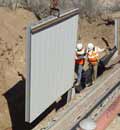
Pima County adapts a seawall system for use in containing a protection wall in Canada del Oro Wash at a more reasonable cost.

Operations managers in the water and wastewater industry are looking for ways to be more efficient. Wireless remote monitoring can provide one option for corrosion control using existing supervisory control and data acquisition (SCADA) networks and automation.

Infrastructure
MACTEC Engineering and Consulting assembled a design team for the U.S. Forest Service to evaluate the risks and determine mitigating measures to enable safe passage for human traffic and aquatic species in nine National Forests.
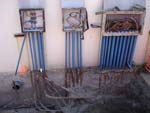
Having worked extensively overseas and in 22 states, I have seen a fair amount of corrosion, but a wastewater treatment facility in my own backyard has the distinction of being the most corrosive job site that I have ever dealt with.

Submerged membrane technology tackles biomass retention and solids-liquid separation with the collateral advantage of providing energy.
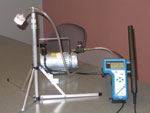
Today, indoor air quality (IAQ) assessments may be performed to find out more than just if a building's air is contributing to or causing adverse health effects in occupants.
- By Gary Ganson, Cindy A. Baldwin
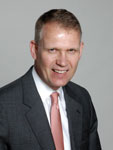
Heiner Markhoff, president and chief executive officer of GE Water, a division of GE Power & Water, explains how he came to be leading the company and what he hopes to achieve.
- By L.K. Williams, EPonline
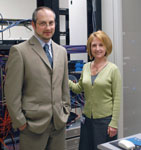
Delta College (Mich.) has a passel of green efforts under way, which could fall under all sorts of headings.
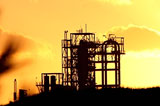
Producers and handlers of all types of chemicals have specific obligations to fulfill to the European Chemicals Agency and their European customers.

If you're at a school where the only green action you're seeing is the annual seeding of the commons, don't despair. In the world of higher education, even the most ambitious sustainability plans often begin with tiny steps taken by individual departments.
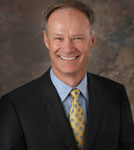
Dow Water & Process Solutions' general manager, Ian Barbour, explains how his business serves the industrial and municipal water treatment industry.